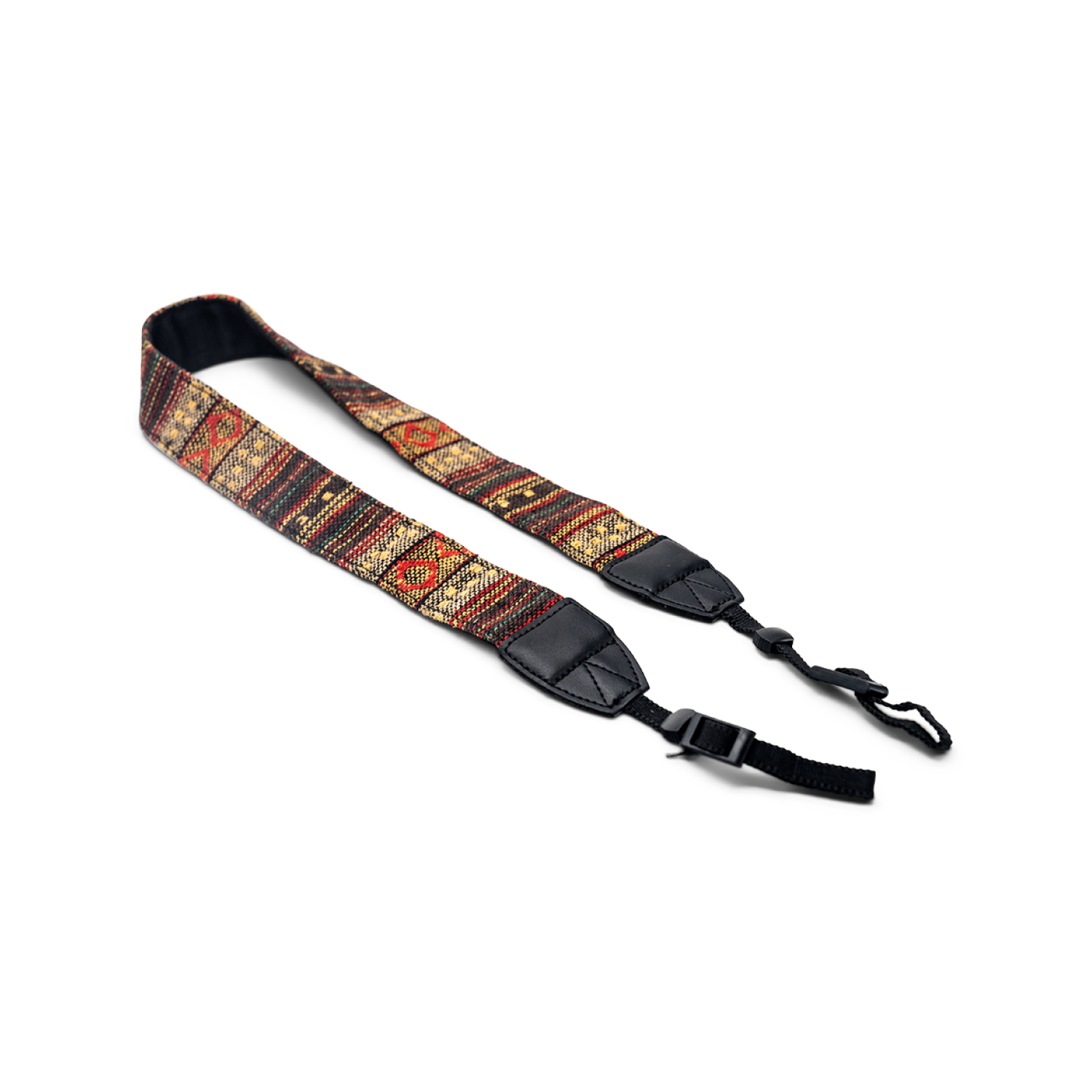Recently, we discussed the colossal California grizzly, which could reach around 2,000 lbs on average. The largest of this species is estimated to have weighed a whopping 2,200 lbs, making it one of the biggest modern-day bears (along with the Alaskan polar bear).
But today, we’ll take you a little further back in history. We’re going to talk about an extinct creature that makes the polar bear and California grizzly look like teddy bears. This is the giant short-faced bear — the largest terrestrial Carnivora species North America has ever seen.
Features
By its unimaginative name, you can assume that this bear was 1) giant and 2) had a short face. However, its face was not necessarily shorter than other bears — rather, it began deeper from within the head, creating the illusion. This is a shared trait of tremarctinae bears.
Now, let’s break down the “giant” part of this specie’s name. This was no exaggeration. Based on specimen studies, it’s estimated that the bear stood on its hind legs at about 12 ft. tall. That’s over 2x the average height of a man! Just standing on all fours, it was around 5-6 feet tall. That’s probably just about tall enough for it to look you dead in the eye.
The short snout was not the only illusion displayed by the bear. It also appeared to have much longer arms than most bears, relative to its body. But in reality, it just had a shorter back and torso, giving it the long-legged effect. Another unique feature is that the bear’s feet faced straight forward, while most bears are pigeon-toed.
Scientists have determined that the bear varied in size, according to the areas they lived. Specimens discovered in the north are larger than those from the south on average. The larger end of the scale would have weighed as much as 2,500 lbs! Like all bears, giant short-faced bears were sexually dimorphic — males were bigger than females.

Habitat
Giant short-faced bear inhabited North America from about 1.8 million years ago to 11,000 years ago, during the Pleistocene epoch. It probably lived amongst the Clovis people — the ancestors of North American natives.
Its range extended from Alaska to Mississippi, but most fossil remains have been extracted from the La Brea tar pits in California. The first giant short-faced bear fossils were unearthed in 1878 in Potter Creek Cave, Shasta County, California. Since then, an almost complete skeleton was discovered in Indiana. Today, these bones can be viewed in the Field Museum of Natural History in Chicago.
The super predator thrived in the various climatic conditions found in North America. This would have included boreal forests, open grasslands and fields, subtropical woodlands, and steppe tundra. Pregant females likely used caves for denning — a large amount of female bones have been discovered in caves.

Diet
We can all agree that this big bear had an even bigger appetite for meat. Even looking at the scientific evidence for this — the bones of this bear are extremely high in nitrogen-15. What is not so clear, is whether the giant short-faced bear’s diet comprised only of meat, or if it was omnivorous.
Scientists seem to disagree on this topic. One side argues that the high levels of nitrogen suggest it solely ate meat. The other side suggests that its teeth are similar to those of omnivorous, modern-day bears. This means that the giant short-faced bear would have had a seasonally-changing diet like a lot of the bears we’re familiar with today.
What is obvious, is that this long-legged bear could run at great speeds, likely around 30-40 Mph. It probably ran down its prey, such as mammoths and horses. However, with the bear’s massive size and weight, it would not have been able to maintain such speeds for long.
Extinction
Radiocarbondating tells us that this species went extinct about 11,000 years ago. The reasons behind this are not fully conclusive, but scientists deduce it was due to the extinction of large herbivorous prey. Today, another species of tremarctinae remains — the spectacled bear. Spectacled bears are tree-dwellers, living in the mountainous forests of South America. Although the spectacled bear is nowhere near the size of its early ancestors, you can see a resemblance in the infamous short snout.


